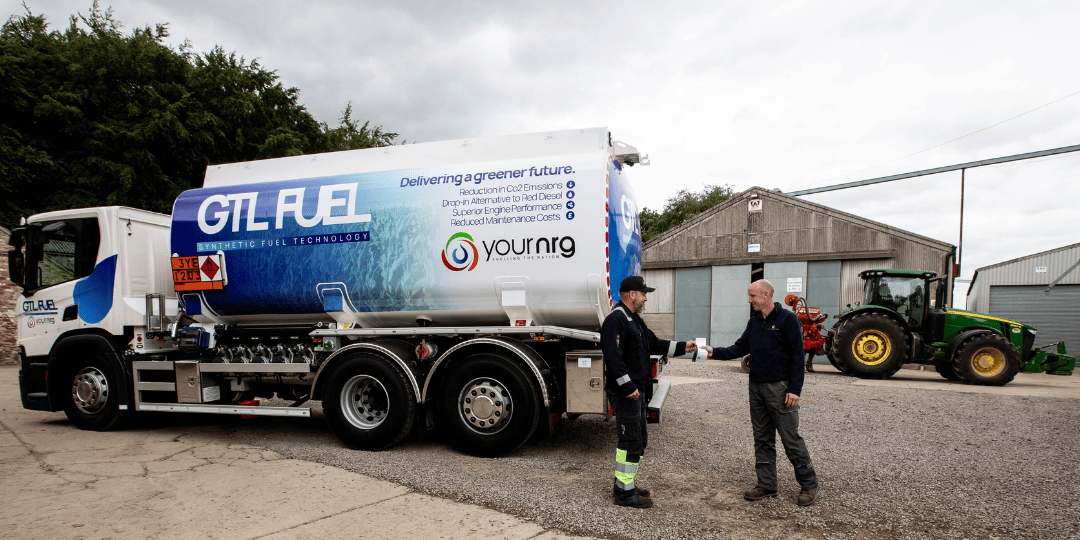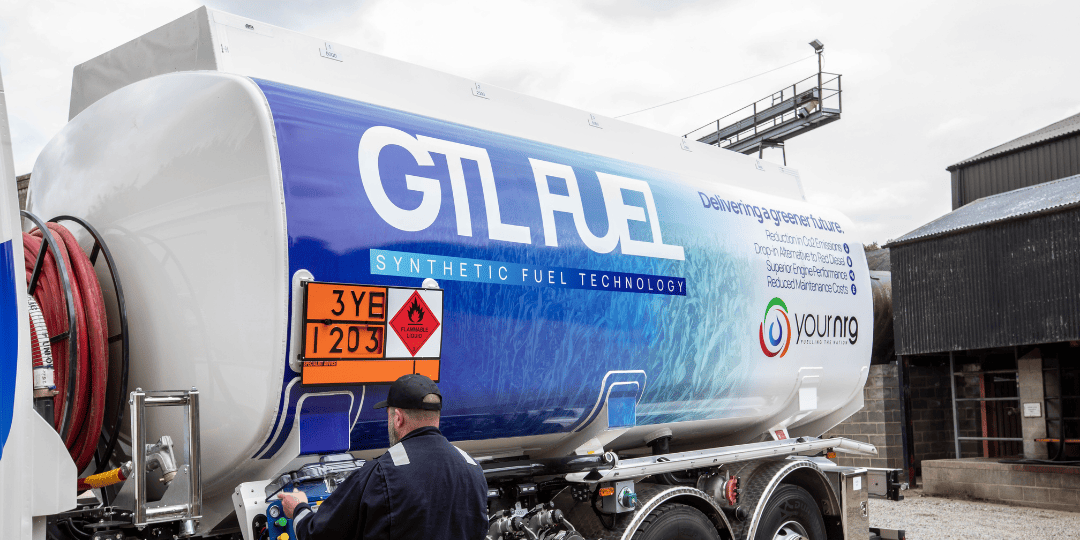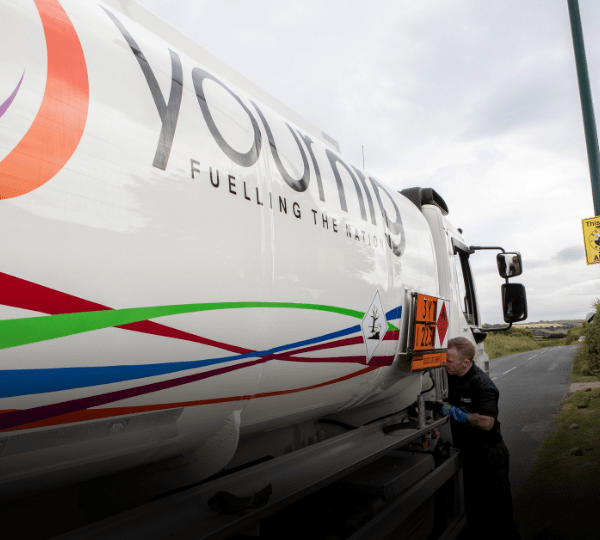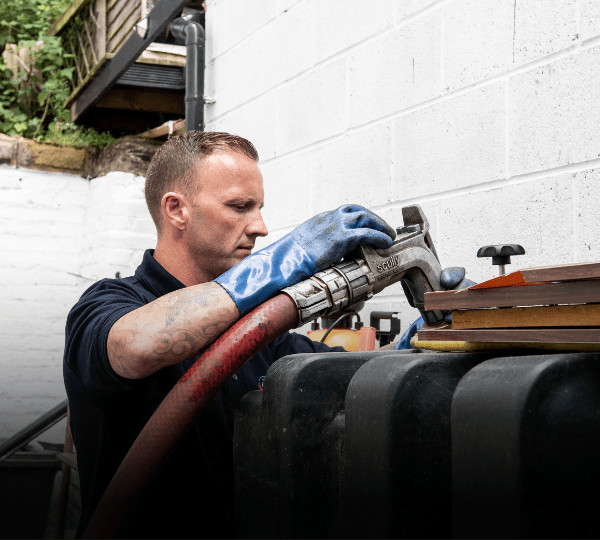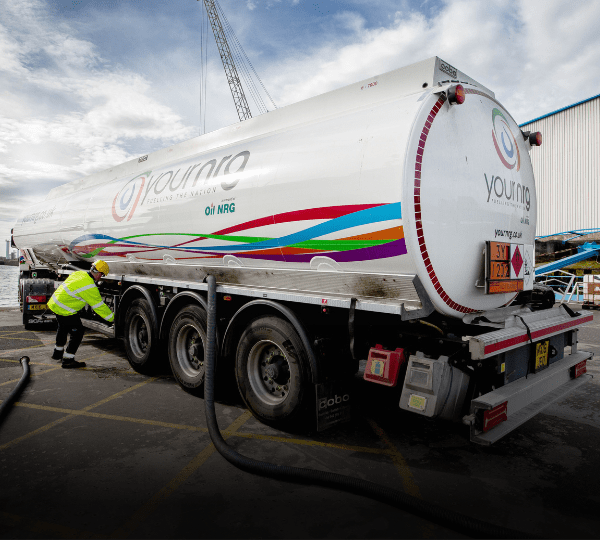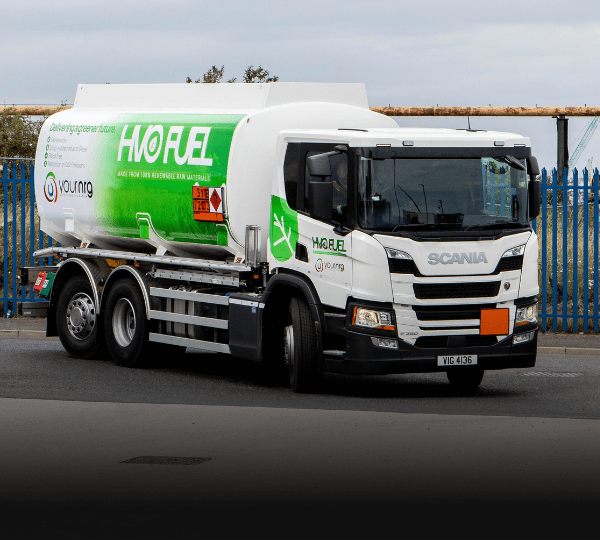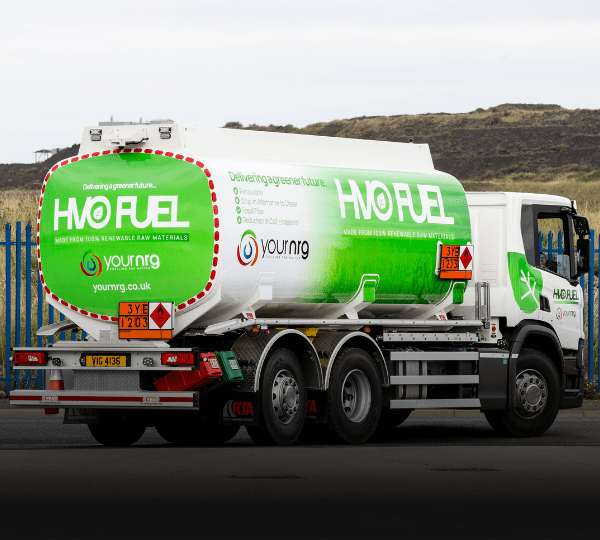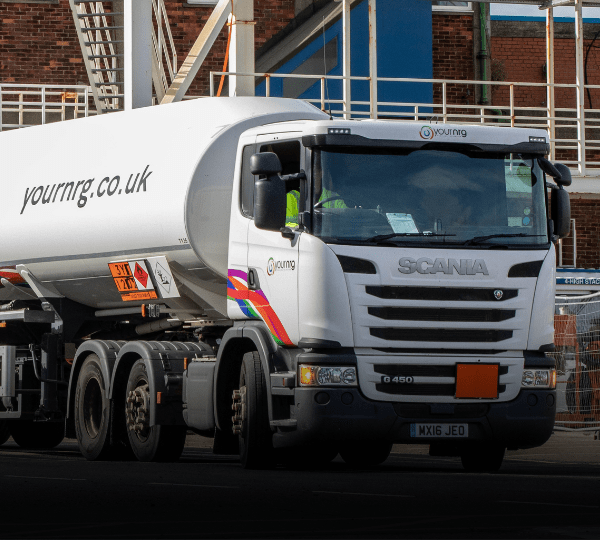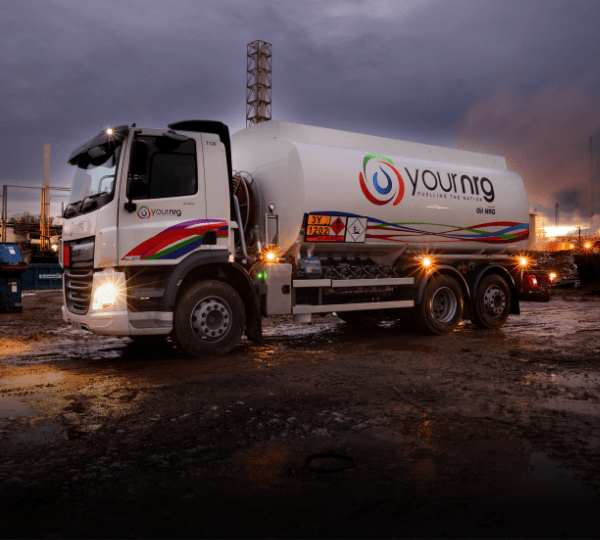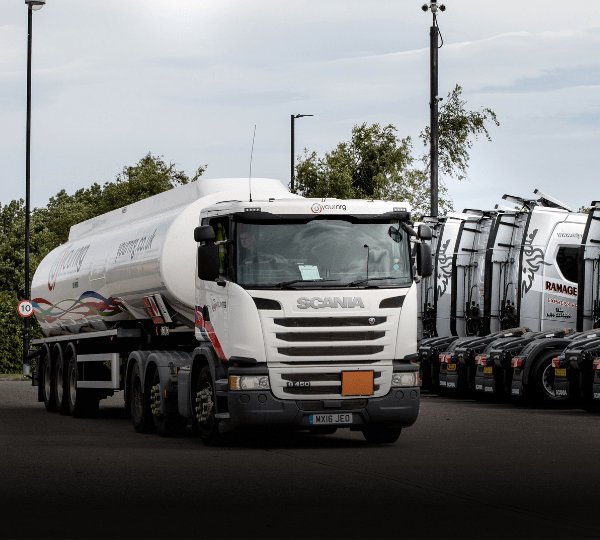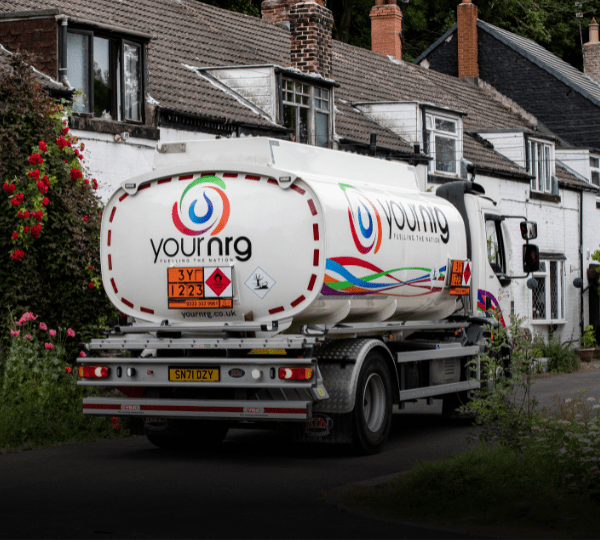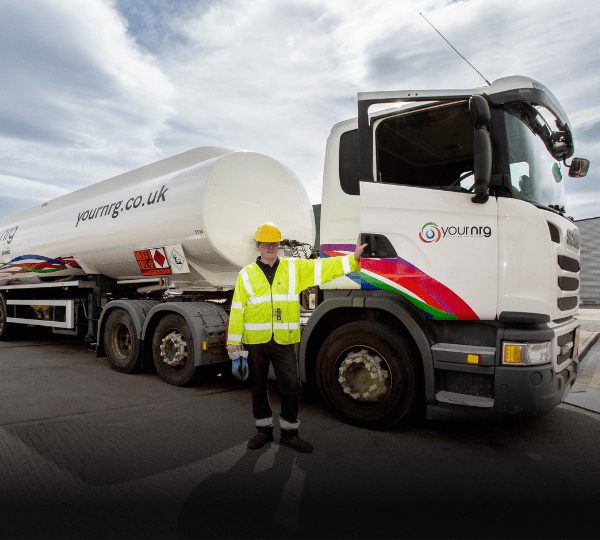We regularly receive queries about GTL fuel and that’s why we’ve put together this helpful guide. This article covers everything from the history and origins of this fuel to its environmentally friendly properties, to answer all of the questions you may have about GTL.
The history of GTL fuel
GTL fuel is produced by converting gas to liquids (GTL) via a process called Fischer-Tropsch (FT), a form of technology that was first created over 100 years ago. Fischer-Tropsch is a process that transforms a gas into a liquid by breaking down small gas molecules and turning them into heavier hydrocarbon molecules.
The beginnings of this greener fuel can be traced back to the 1920s, with the work of two pioneering German chemists called Franz Fischer and Hans Tropsch. Across the next few decades, further studies were conducted in Germany, America and South Africa. This culminated in research conducted by Shell between 1970 and 1990, and ExxonMobil during the 1980s, which led to the creation of the GTL diesel that is utilised today.
GTL fuel properties
The properties of GTL fuel highlight its benefits over traditional fossil fuels like diesel and petroleum. One of its main advantages is ease of handling, which is due to the four distinct properties of gas-to-liquid fuel: it’s odourless, non-toxic, biodegradable and has been classified with a low hazard rating.
Additionally, GTL fuel is known for its low emissions. This cleaner-burning fuel boasts better combustion properties when compared to conventional fossil fuels, including the low presence of aromatics, metals and sulphur, and as a result, GTL fuel releases approximately 5% less CO2 than fossil diesel. This helps businesses to reduce their emissions, something that is vital as the UK government aims to tackle the air pollution crisis.
Despite its differences from conventional diesel, gas-to-liquid is commonly referred to as a ‘drop-in’ fuel, as it can be used in existing diesel engines without any modifications. As such, GTL is becoming increasingly popular with businesses looking to reduce their environmental impact and achieve net-zero status.
GTL fuel specifications: in focus
We can see how GTL fuel differs from crude oil-based diesel when we dig into its specifications. This includes its flammability and efficiency in cold temperatures, both of which are significantly better than the fossil fuels that so many of us still rely on to power our business vehicles moving.
As a study from 2016 shows, gas to liquid fuels are less flammable than traditional diesel. In fact, the flashpoint — essentially the temperature at which a substance will ignite — is almost twice as high for gas-to-liquid as it is for fossil diesel. While GTL fuel will not ignite until it reaches 103.5°C, diesel’s flashpoint is comparatively low at 55°C, making GTL safer for handling and storing.
Additionally, gas-to-liquid fuel is known to offer better starting performances at cold temperatures and ensure reliable operations during all seasons. This is backed up by the same study which highlights that GTL fuel has a lower density than diesel. In fact, when measured at 15°C, conventional diesel had a higher density of 866 compared to 760 for GTL.
GTL fuel emissions
One of the main advantages of GTL is its environmentally friendly credentials. This is largely because this fuel is free of unwanted metals, sulphur and aromatics, which means it burns more cleanly than conventional fuels. The result: GTL can provide the convenience of traditional diesel while releasing lower emissions into the atmosphere.
But what does this mean for your fleet? Gas-to-liquid fuel has been shown to reduce emissions across the board, lowering NOx emissions by up to 25% and particulate emissions by up to 38%, which could significantly improve your company’s carbon footprint.
Is GTL fuel environmentally friendly?
Gas-to-liquid has been deemed as a safe, environmentally friendly alternative to fossil diesel fuel. The way GTL is manufactured means this fuel is composed of uniform molecules, making it cleaner than traditional diesel. As such, gas-to-liquid fuels can significantly improve the combustion of diesel engines, making it a greener solution for existing fleets.
Upgrade to future-ready GTL fuel
Here at Your NRG, we think gas-to-liquid fuel has a big part to play as we all work towards the government’s 2050 net zero target. With over half a million heavy goods vehicles in the UK, uptake of this fuel could drastically reduce emissions across the country and help more businesses lower their carbon footprint.
When used alongside e-fuels, GTL has the power to transform how we fuel vehicles today. Ready to lower your company’s emissions? Speak to our team or fill in our enquiry form to see how we can help your business reach your net zero goals.
